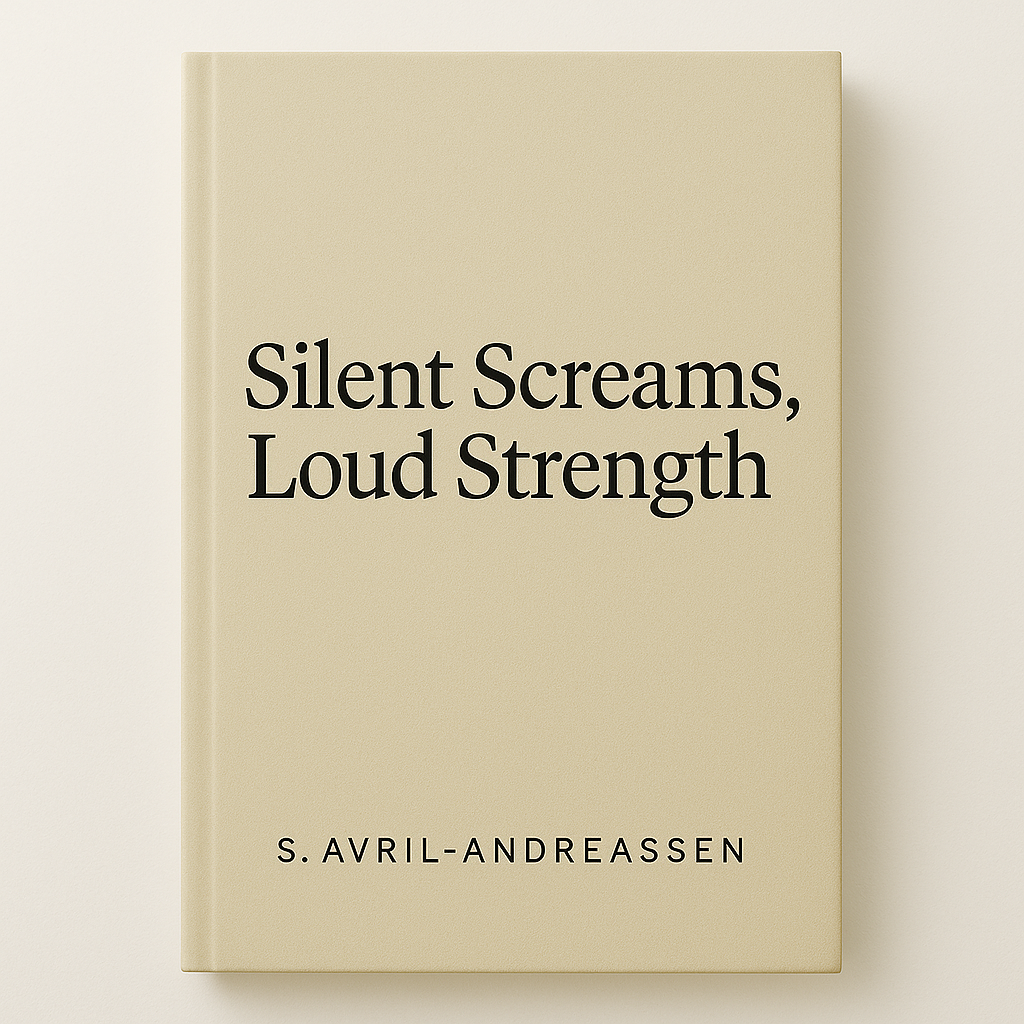There’s a quiet power in putting one foot in front of the other.
Not just in life — but on the pavement, through the trees, along the road that stretches ahead with no judgment, no demands, and no expectations.
This is the rhythm of resilience.
Running has become more than a physical activity for me. It’s a lifeline, a therapy, and a way to navigate the chaos of grief, injustice, trauma, and daily overwhelm. When life threatens to consume me, running reminds me: I am still here. I am still moving.
The Silent Creep of Burnout
Burnout doesn’t always announce itself.
Sometimes it shows up in the shortness of breath before a meeting.
In the tears you swallow because there's no time to cry.
In the ache of your body begging for rest — but unable to sleep.
In the heaviness that makes even getting dressed feel like a task.
In a world that applauds hustle and overlooks healing, burnout has become the cost of survival. But it doesn’t have to be.
Resilience isn’t about pushing through until you collapse.
It’s about knowing when to pause, recalibrate, and run toward yourself again.
Why Running Heals
Running isn’t about speed. It’s about space.
Space to think.
To release.
To breathe.
To feel without being swallowed whole.
When I run, I am not in courtrooms. I am not in trauma. I am not in yesterday’s grief.
I am here, in my body. With the ground beneath me. With a sky that doesn't judge me.
The Benefits of Running for Resilience:
Mental Clarity: The repetitive motion soothes anxiety and breaks cycles of rumination.
Mood Boosting: Running stimulates endorphins and dopamine — your natural stress-relievers.
Trauma Release: Movement helps the nervous system discharge the energy of fear and panic.
Reclaiming Power: Every stride is a reminder of what your body can still do, despite what it’s been through.
Routine & Discipline: It offers structure in seasons that feel unstructured or chaotic.
Tips to Run Without Burning Out:
Start Slow — And Stay Honest
Your pace doesn’t determine your worth. Start with walking if needed. Let your body lead.
Make It Sacred, Not a Chore
Running is not punishment. It’s presence. It’s a prayer in motion. Make it joyful.
Rest Is Part of Resilience
Recovery is strength. Without rest, running becomes a loop of depletion.
Fuel the Body, Feed the Soul
Hydration, nutrition, sleep — they matter. Listen to what your body needs, not what the world demands.
Pair It With Affirmation
As your feet hit the ground, speak life over yourself:
“I am strong. I am healing. I am enough.”
You Are Still Allowed to Thrive
Even in the midst of grief.
Even when the world feels unkind.
Even if your body feels tired, and your spirit is trying to remember joy.
Running helps me return to myself.
Not to who I used to be — but to the version of me that refuses to give up.
A Final Word on Resilience
Resilience isn’t about never feeling tired. It’s about remembering that you have the power to rise again.
If all you can do today is walk, then walk.
If all you can do is stretch your legs and stand in the sunlight — do that.
Your healing doesn’t have to be loud.
Sometimes, it’s found in the whisper of your breath on a long run at dawn.
So lace up. Breathe deep.
And know this: you are not running away from life.
You are running toward it.
With endurance and grace,
Samantha

